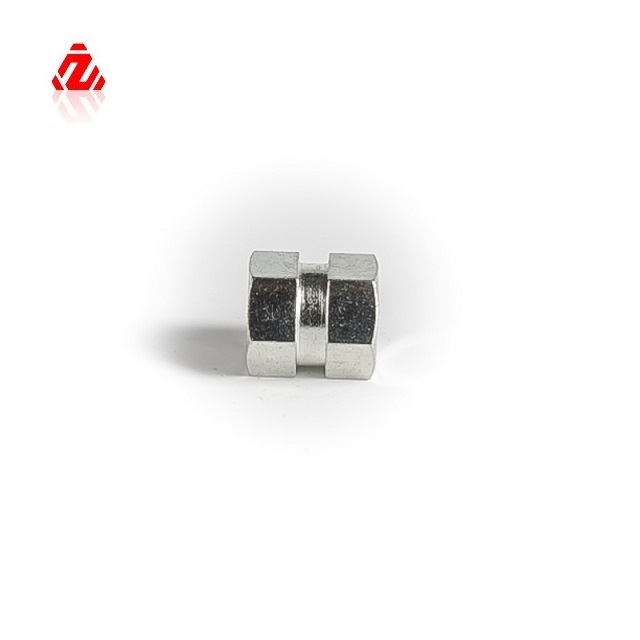- Español
- Português
- русский
- Français
- 日本語
- Deutsch
- tiếng Việt
- Italiano
- Nederlands
- ภาษาไทย
- Polski
- 한국어
- Svenska
- magyar
- Malay
- বাংলা ভাষার
- Dansk
- Suomi
- हिन्दी
- Pilipino
- Türkçe
- Gaeilge
- العربية
- Indonesia
- Norsk
- تمل
- český
- ελληνικά
- український
- Javanese
- فارسی
- தமிழ்
- తెలుగు
- नेपाली
- Burmese
- български
- ລາວ
- Latine
- Қазақша
- Euskal
- Azərbaycan
- Slovenský jazyk
- Македонски
- Lietuvos
- Eesti Keel
- Română
- Slovenski
- मराठी
- Srpski језик
Analysis of Common Problems of Nuts in Cleaning
2021-07-23
Analysis of common problems of nuts in cleaning
1. Pollution generated during rinsing
After the nut was quenched, it was cleaned with a silicate cleaning agent, and then rinsed, and solid matter appeared on the surface. The infrared spectrometer was used to analyze this substance and it was confirmed to be inorganic silicate and iron oxide. This is caused by incomplete rinsing and residual silicate on the surface of the fastener.
2. Unreasonable stacking of nuts
The nut shows signs of discoloration after tempering. Soak it to let oily residue after volatilization, which is a high content of lipids. It shows that the nut is contaminated by cleaning agent and quenching oil during the rinsing period, and it melts at the heat treatment temperature, leaving chemical burn scars. Such substances confirm that the surface of the nut is not clean. For analysis by infrared spectrometer, it is a mixture of base oil and ether in quenching oil. The ether may come from the addition of quenching oil. The analysis results of the quenching oil in the mesh belt furnace confirm that the nuts are slightly oxidized in the quenching oil due to unreasonable stacking during heating, but it is almost negligible. This phenomenon is related to the cleaning process, not the quenching oil problem.
3. Surface residues
There is a white residue on the high-strength screw, which was analyzed by infrared spectrometer and confirmed to be phosphide. No cleaning with acidic detergent was carried out, and inspection of the rinsing tank found that the tank liquid had a higher carbon solubility. The tank liquid should be poured out regularly, and the concentration level of the lye in the rinsing tank should be checked frequently.
4. Improper rinsing
Large-size nuts are often quenched with polymer aqueous solution. They are cleaned and rinsed with alkaline cleaning agent before quenching. After quenching, the nuts have rusted on the inside. Analysis with an infrared spectrometer confirmed that in addition to iron oxide, there are sodium, potassium and sulfur, indicating that there is an alkaline cleaning agent on the inside of the nut, which is likely to be potassium hydroxide, sodium carbonate or similar substances, which promotes its rust. Rinse the nut to check whether there is excessive contamination, and it is also recommended to change the rinse water frequently. In addition, adding rust inhibitors to the water is also a good way.
5. Excessive corrosion
Some black streaks are often seen on the nut. It has also been seen in the experiment that the nut before the heat treatment has been rinsed with inorganic and organic cleaning agents. After quenching, it is still found that there are still black streaks. Even the careful cleaning before the heat treatment will also be in the heat treatment. After leaving streaks. Infrared spectrometer was used to analyze the residual pollutants on the surface, and it was found that there were higher concentrations of sulfur and calcium. Using a small amount of acetic acid and isopropanol, fold a small piece of test filter paper firmly on the dark spot and wipe the dark spot on the filter paper. Analyzing the filter paper with infrared spectrometer confirmed that calcium, sulfur, iron, manganese and chromium are the main elements.







